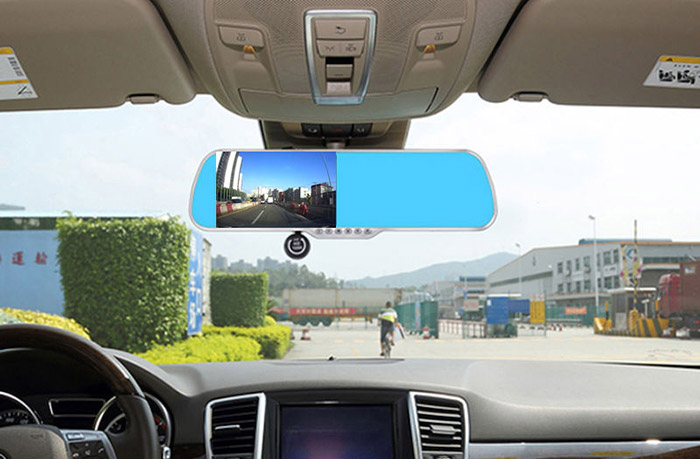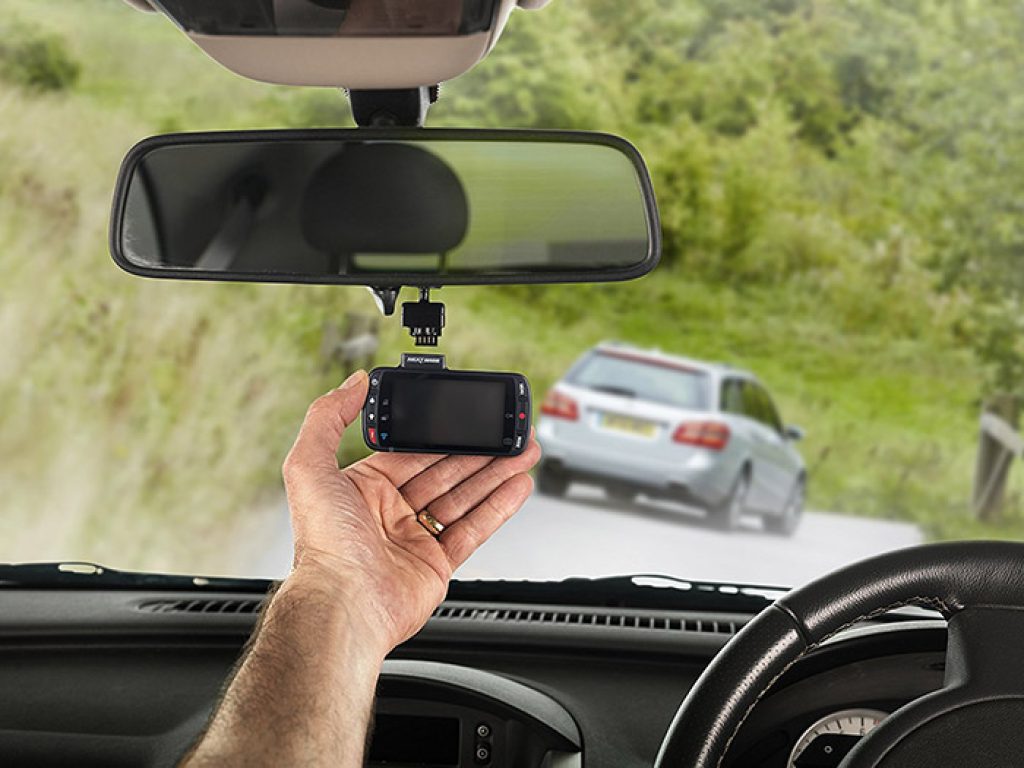Dash cams are a relatively new and exciting gadget in the world of car accessories. If you’re thinking about purchasing a dash cam for your vehicle, but you’re unsure where to start, then you’ve come to the right place. In this beginner’s guide to using dash cams, we’ll provide you with all the information you need to get started.
What is a dash cam?
A dash cam, short for dashboard camera, is a small camera that’s installed on your car’s dashboard or windshield. It’s designed to record video footage of the road in front of you while you’re driving.

Why use a dash cam?
There are several reasons why someone might choose to use a dash cam. Here are just a few:
- Insurance purposes: In the event of an accident, a dash cam can provide video evidence of what happened, making it easier to file an insurance claim.
- Protection against fraud: Dash cams can help protect you against fraudulent insurance claims or staged accidents.
- Safety: Dash cams can help improve your driving safety by providing you with visual feedback on your driving habits and the road conditions around you.
- Capturing memorable moments: Dash cams can also be used to capture scenic drives or memorable moments on the road.
Types of dash cams
There are two main types of dash cams: front-facing and dual-facing. Front-facing dash cams record video footage of the road in front of you, while dual-facing dash cams record footage of both the road in front of you and the interior of your car.

Features to consider when purchasing a dash cam
When choosing a dash cam, there are several features you’ll want to consider. Here are a few to keep in mind:
- Video resolution: Higher resolution cameras will provide clearer video footage, but they may also be more expensive.
- Night vision: If you do a lot of nighttime driving, look for a dash cam with night vision capabilities.
- GPS: Some dash cams include GPS, which can help provide additional information about the location and speed of your vehicle.
- Storage capacity: Make sure the dash cam you choose has enough storage capacity to record the amount of footage you need.

How to install a dash cam
Installing a dash cam is a fairly straightforward process. Most dash cams come with a mount that attaches to your windshield or dashboard. Simply attach the mount, connect the dash cam to a power source (usually the cigarette lighter), and you’re ready to go.

How to use a dash cam
Using a dash cam is even easier than installing it. Once the dash cam is installed and powered on, it will automatically start recording video footage of the road in front of you. There’s usually no need to press any buttons or turn anything on manually.
What to do with the footage captured by a dash cam
The footage captured by a dash cam can be used for a variety of purposes. If you’re involved in an accident, the footage can be used as evidence for an insurance claim. You can also use the footage to help improve your driving habits or share memorable moments from your travels with others.
Legal considerations when using a dash cam
Before using a dash cam, it’s important to familiarize yourself with any legal considerations in your area. While dash cams are generally legal to use in most places, there may be specific laws or regulations that apply to their use. For example, in some areas, it may be illegal to record audio without the consent of all parties involved.
Tips for using a dash cam
Here are a few tips to help you get the most out of your dash cam:
- Make sure the dash cam is properly installed and positioned for optimal recording.
- Regularly check the storage capacity of your dash cam and clear out any old footage as needed.
- Review your dash cam footage periodically to identify areas where you can improve your driving habits.
- Keep a backup copy of important dash cam footage in case of an accident or other event.
Common misconceptions about dash cams
There are a few common misconceptions about dash cams that are worth addressing:
- Dash cams are expensive: While some high-end dash cams can be pricey, there are many affordable options available as well.
- Dash cams are complicated to install and use: Installing and using a dash cam is usually a straightforward process that doesn’t require any special technical skills.
- Dash cams are only useful for accidents: While dash cams can certainly be helpful in the event of an accident, they can also be used for a variety of other purposes.
Dash cam maintenance and care
To keep your dash cam in good working order, there are a few things you can do:
- Clean the lens regularly to ensure clear recording.
- Protect the dash cam from extreme temperatures or direct sunlight, which can damage the device.
- Make sure the dash cam is securely attached to the mount to prevent it from falling while driving.

Recommended dash cams
There are many different dash cams on the market, but here are a few that come highly recommended:
- Garmin Dash Cam 66W: This high-end dash cam offers excellent video quality and a wide viewing angle.
- Vava 4K UHD Dash Cam: With 4K resolution and a built-in GPS, this dash cam is a great option for those who want top-of-the-line features.
- Vantrue N2 Pro Dual Dash Cam: This dual-facing dash cam offers both front and interior recording, making it ideal for rideshare drivers or parents with young children in the car.
Conclusion
Dash cams can be a valuable tool for any driver, whether you’re concerned about safety, insurance claims, or simply capturing memorable moments on the road. By understanding the different types of dash cams available, considering the features that matter most to you, and taking steps to properly install and maintain your device, you can get the most out of your dash cam experience.
FAQs
[wpsm_accordion][wpsm_accordion_section title=”Are dash cams legal to use while driving?”]Yes, dash cams are generally legal to use while driving. However, it’s important to familiarize yourself with any specific laws or regulations in your area that may apply.[/wpsm_accordion_section][wpsm_accordion_section title=”Can dash cam footage be used in court?”]Yes, dash cam footage can be used as evidence in court, particularly in insurance claims or cases involving accidents.[/wpsm_accordion_section][wpsm_accordion_section title=”How much storage capacity do I need for my dash cam?”]The amount of storage capacity you need for your dash cam will depend on a few factors, such as how often you drive and how long you want to keep the footage. As a general rule, it’s a good idea to choose a dash cam with at least 32GB of storage capacity.[/wpsm_accordion_section][wpsm_accordion_section title=”Can I transfer dash cam footage to my computer?”]Yes, most dash cams allow you to transfer footage to your computer using a USB cable or memory card. This can be useful for storing or sharing footage.[/wpsm_accordion_section][wpsm_accordion_section title=”Do I need a professional to install my dash cam, or can I do it myself?”]Most dash cams can be easily installed by the driver, without the need for professional installation. However, if you’re unsure about how to install your dash cam or have any questions, it’s always a good idea to consult the manufacturer’s instructions or seek help from a professional.[/wpsm_accordion_section][/wpsm_accordion]



